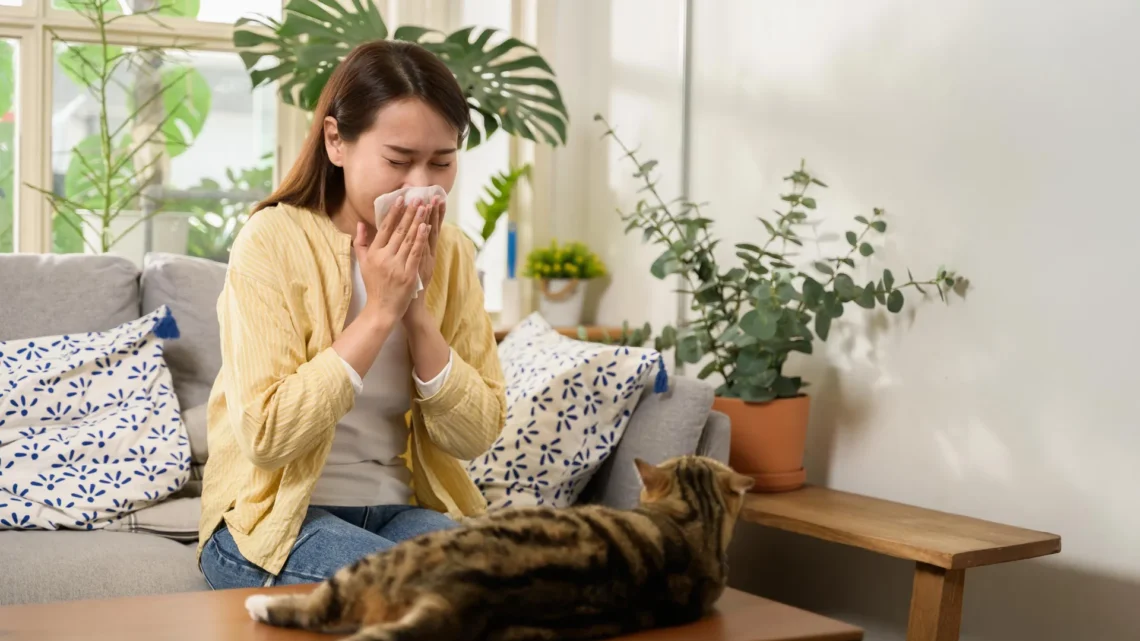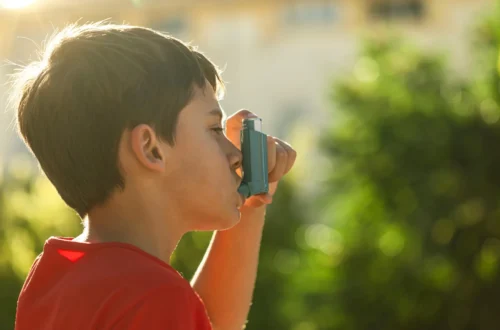Understanding Airborne Allergens
Cats. Dust mites. Mold. Trees.
For individuals with allergies, even minimal exposure to airborne allergens produced by various organisms can trigger symptoms such as swollen eyes, itchy skin, and impaired breathing. These allergens can persist indoors for months, even after the original source has been removed. Prolonged exposure can exacerbate existing allergies and may lead to the development of asthma.
Innovative Research Findings
Recent research from the University of Colorado Boulder indicates a promising solution. According to study author Tess Eidem, a senior research associate in the Department of Civil, Environmental, and Architectural Engineering, a passive and generally safe ultraviolet (UV) light treatment can effectively inactivate airborne allergens. “We believe this could serve as an additional tool for individuals aiming to mitigate allergens in their homes, schools, or other indoor environments,” Eidem stated.
The findings are documented in the August edition of ACS ES&T Air.
Why Allergens Persist
When a person enters a room with a cat and experiences a sneeze, it is not the cat itself causing the reaction but rather airborne particles containing a protein called Fel d1, produced in the cat’s saliva. This protein spreads when the cat grooms itself, resulting in microscopic flakes of dander that can circulate in the air. Inhalation of these particles prompts an immune response, leading to an allergic reaction.
Other animals, dust mites, molds, and plants emit unique proteins as well. Unlike bacteria and viruses, which can be killed, allergens cannot be eliminated since they are not living organisms. Eidem notes, “Even after dust mites are eliminated, their allergens can remain in the environment, causing reactions years later.”
Conventional methods for reducing allergens—such as vacuuming, washing surfaces, using air filters, and bathing pets—can be effective but often require consistent upkeep over time. Eidem and co-authors Mark Hernandez and Kristin Rugh sought a simpler and more sustainable alternative.
Modifying Allergen Structure
Rather than attempting to eliminate the proteins responsible for allergic reactions, the research team aimed to alter their structure, rendering them unrecognizable to the immune system. Eidem compares this process to unfolding an origami figure; if the protein no longer resembles its original form, the immune system will not mount an allergic response.
The study indicates that UV light can facilitate this structural change.
UV Light Applications
Previous studies have shown that UV light can kill airborne microorganisms, including the virus responsible for COVID-19. It is utilized in various settings, including hospitals and airports, but typical UV wavelengths (254 nanometers) can be hazardous, requiring protective gear for users. Eidem’s research employed UV light at 222-nanometer wavelengths, which is considered safer for occupied spaces as it does not penetrate deep into cells. However, while safer, it is not entirely without risks, as it can produce ozone, necessitating limited exposure.
In their experiments, the research team introduced aerosolized allergens from mites, pet dander, mold, and pollen into a sealed chamber. They activated four UV222 lamps and subsequently measured the air quality at 10-minute intervals. Laboratory comparisons indicated significant reductions in allergen recognition by the immune system, with levels dropping by approximately 20% to 25% after just 30 minutes of exposure.
According to Eidem, “These rapid reductions are impressive compared to the lengthy cleaning processes typically required to manage allergens.”
Future Implications
Currently, UV222 lights are commercially available for industrial use; however, Eidem envisions the development of portable versions that individuals could use in environments where allergens are prevalent, such as when visiting friends with pets or cleaning dusty basements. Furthermore, these systems could provide vital protection for workers frequently exposed to allergens, particularly in agricultural settings.
Allergies affect approximately one in three adults and children in the United States, as reported by the Centers for Disease Control. Eidem’s research endeavors aim to offer relief and possibly save lives, given that asthma attacks, often triggered by airborne allergens, claim about ten lives daily in the U.S. Eidem emphasizes, “Developing new preventive strategies against exposure to allergens is crucial.”
Key Health Takeaway
Emerging research on UV light treatment presents a potentially effective method for inactivating airborne allergens, offering individuals with allergies a promising tool to manage their symptoms and improve their quality of life.





